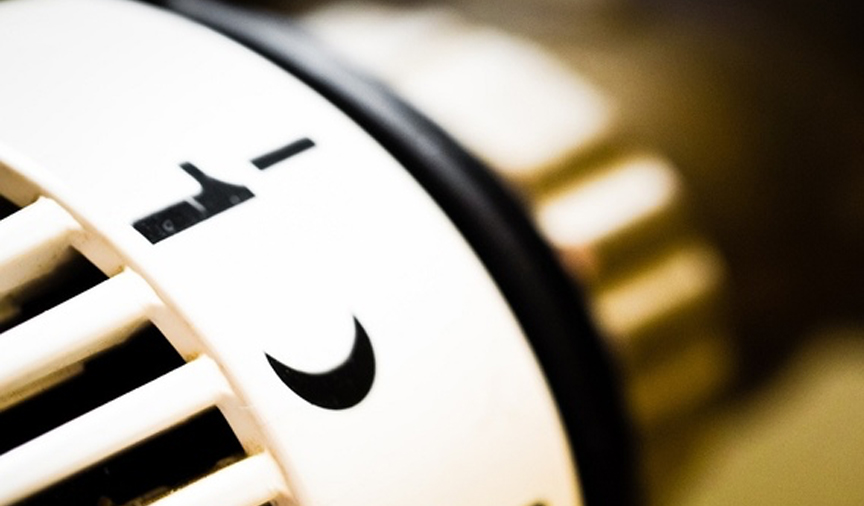How to balance your radiators
- Marco
- 17th Jul 2022

17th July 2022
When your radiators are switched on, it’s important to look out for hot and cold spots throughout your home. While cold spots in radiators are often the result of sludge in your system (which can easily be resolved through a powerflush), a powerflush may ultimately not be necessary and chances are your radiators just need to be balanced.
Well, why aren’t my radiators heating up at the same time then? Normally, this is due to hot water from your boiler not being distributed properly due to the distance it must travel. This means that the radiators nearest the boiler are more likely to be heated first and receive the most heat, whereas those further away take far longer and need adjusting to be balanced completely.
The process of balancing your radiators is fairly time consuming, but can be pretty straight forward once you repeat it for each radiator. Soon you’ll be well on your way to an evenly heated home!
Before you go ahead and start balancing your radiators…
What is a powerflush?
A powerflush is usually carried out by a qualified engineer who will attach a pumping unit to a central heating system to circulate cleaning chemicals at high pressure. The pump combined with the chemicals will actively clean your system and flush away any debris or sludge. The chemicals used will also remove limescale build-up, and a corrosion inhibitor may be introduced to prevent any rust from forming down the line. Once the water has been flushed, all the contaminated water is removed and disposed of by the engineer as part of the process. If during the process some stubborn deposits or blockages are found, the engineer will use tools to dislodge them. The powerflush process should only take about a day to complete (usually between six and ten hours) depending on the age of your heating system, the number of radiators, and the amount of sludge and debris build-up.
How do I bleed my radiators?
You will have to start bleeding your radiators to ensure that the efficiency of your home’s heating system is maintained to a high enough standard. Over time your heating system will begin to show signs of wear due to continuous use, which will cause air trapped air, and hot water won’t be able to circulate properly. Excessive amounts of air in your radiators will stop them heating up quickly and evenly. The reduction in the efficiency of your household’s heating system will probably cost you more money as a result. Bleeding is quite a straightforward process and doesn’t require an expert to do it. So, if you’d prefer to tackle the problem yourself and you have your tools at the ready, you could give it a go! Knowing how to bleed a radiator is essential to avoid paying extra for heating bills.
For more information, check out our guide on how to bleed your radiators here.

